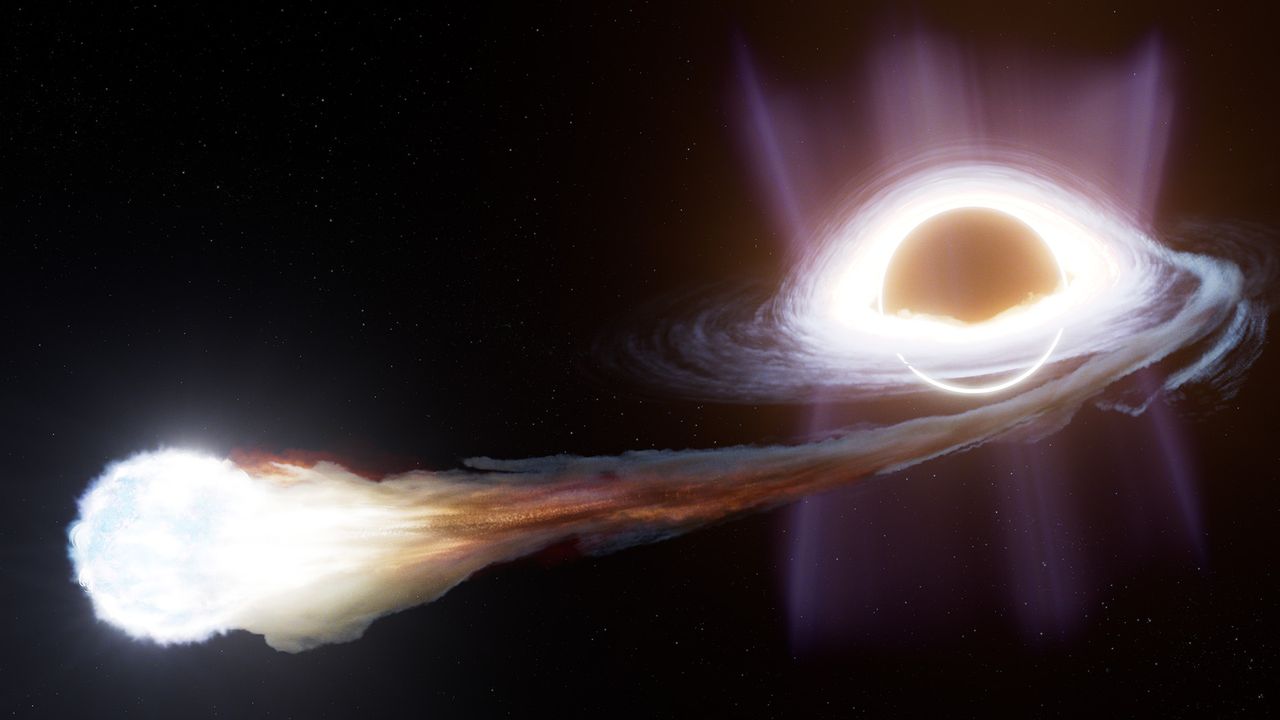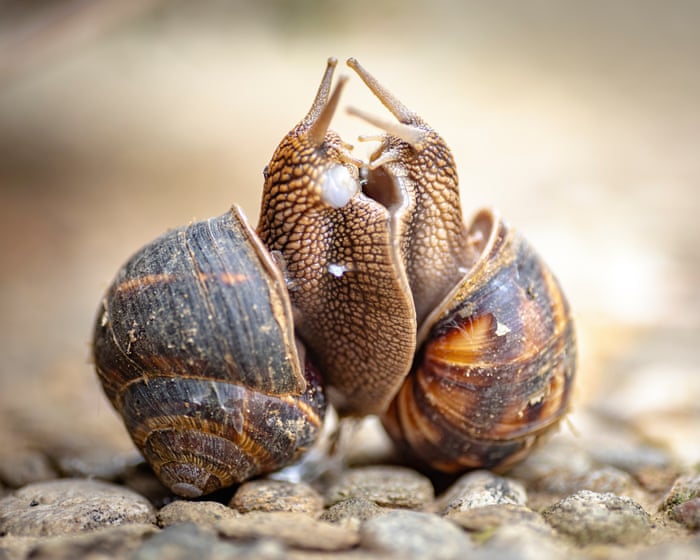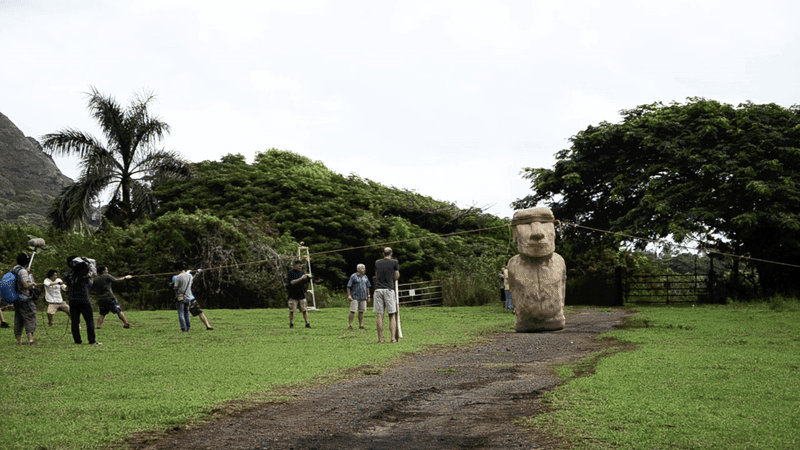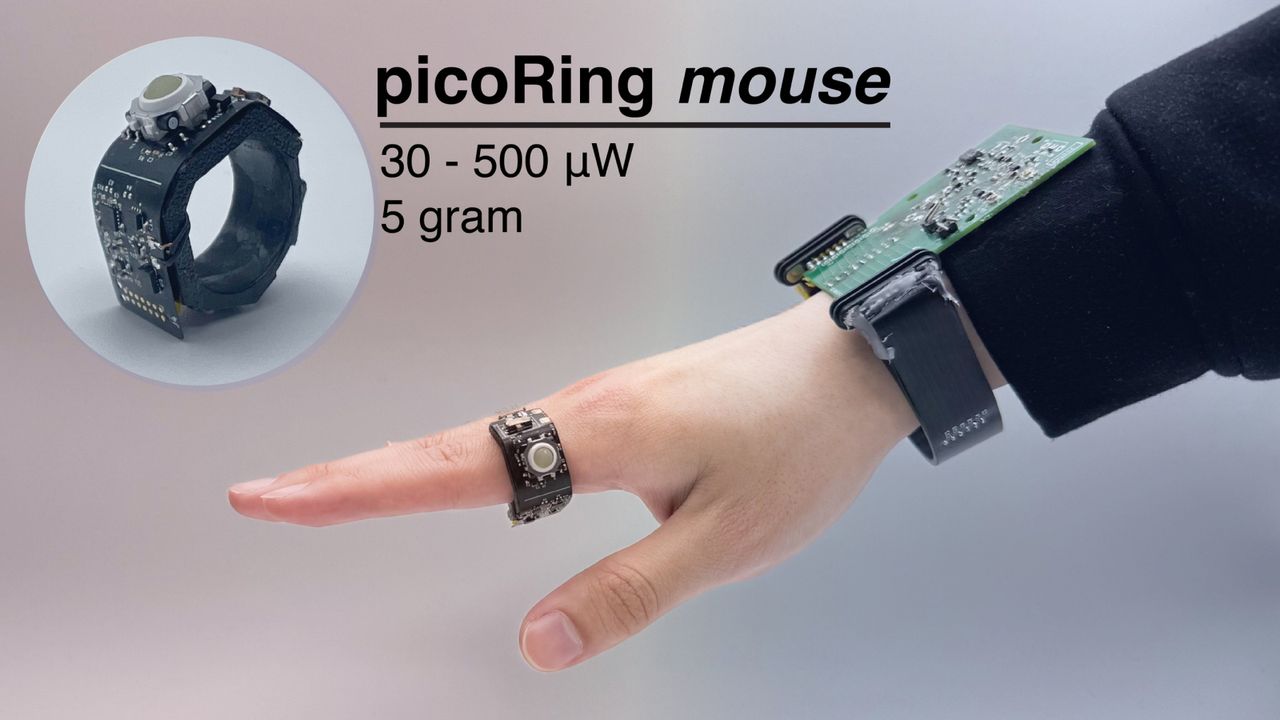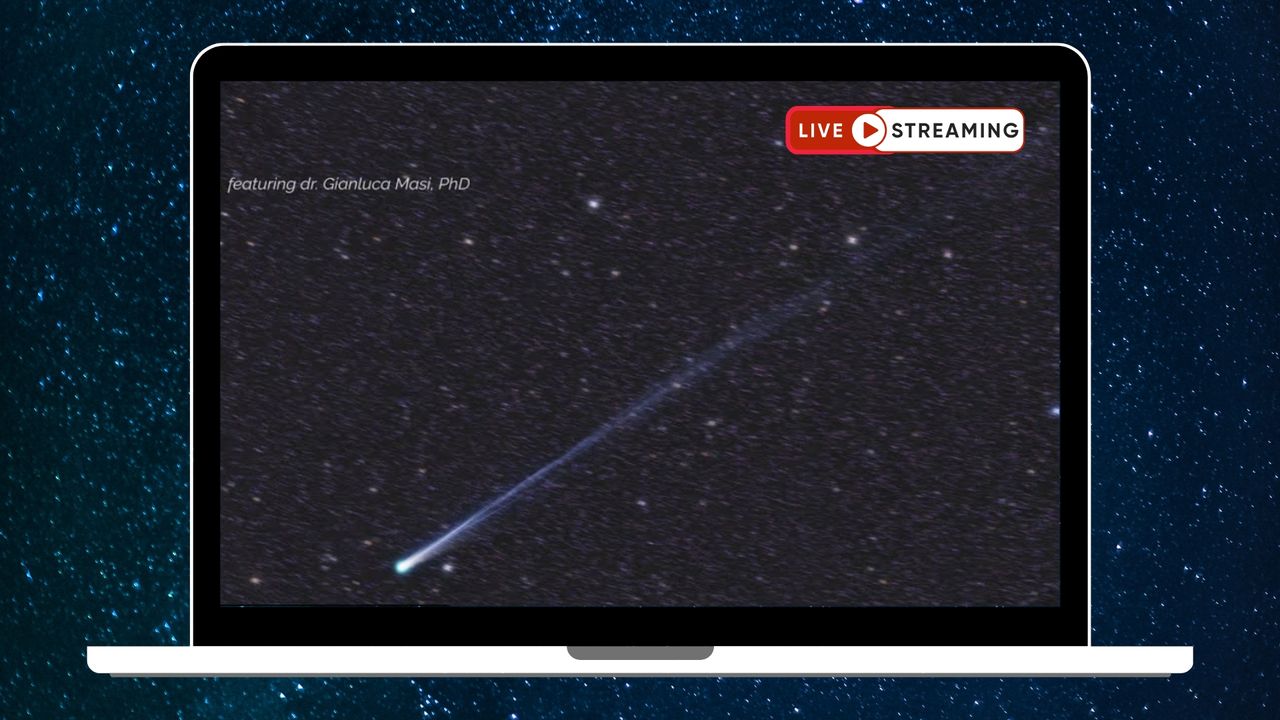Science news this week: Revived permafrost microbes spew CO2, scientists image object 'moving' at 99.9% the speed of light, and James Webb telescope spots something exciting blasting from black hole M87*
NeutralScience
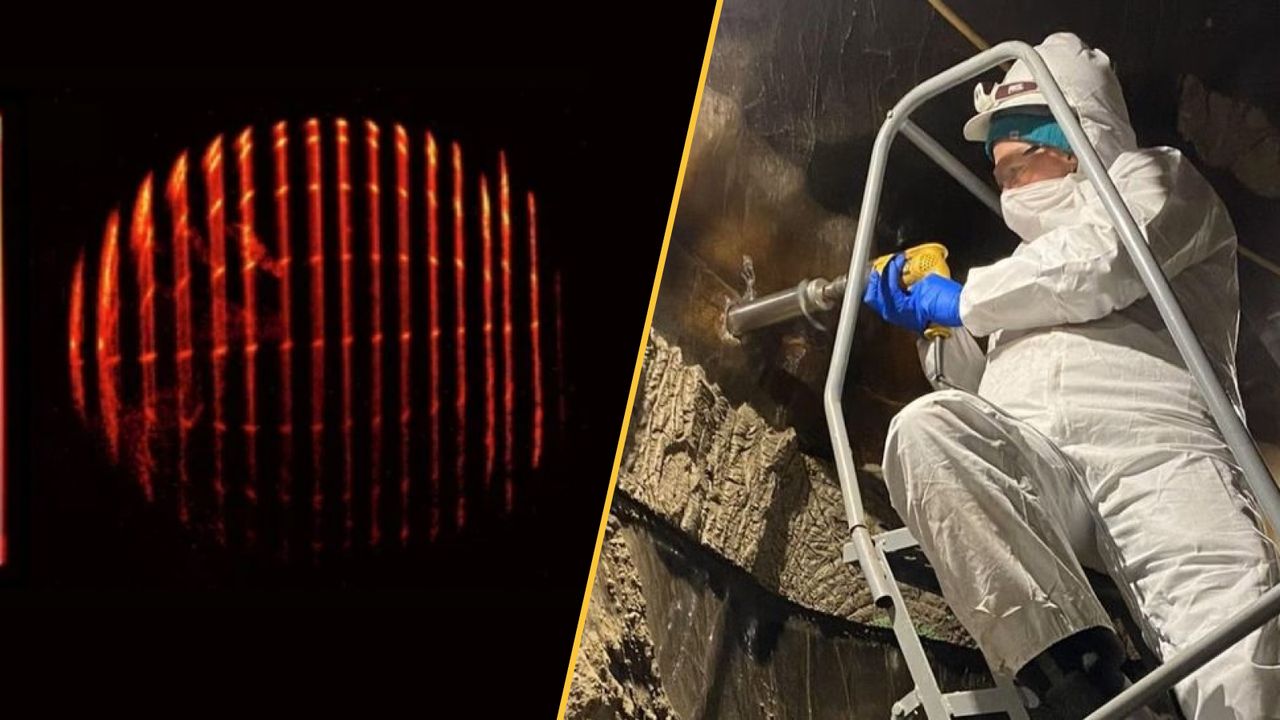
This week in science news, researchers have revived ancient permafrost microbes that are releasing CO2, highlighting concerns about climate change. Additionally, scientists have successfully imaged an object moving at 99.9% the speed of light, pushing the boundaries of our understanding of physics. The James Webb Telescope has also made an exciting discovery, capturing something intriguing emanating from the black hole M87. These developments are significant as they not only advance our scientific knowledge but also raise important questions about our planet's future and the universe.
— Curated by the World Pulse Now AI Editorial System

